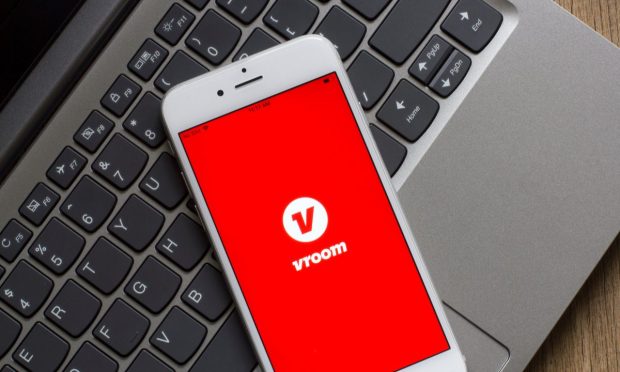Rubber Meets Road as Online Car Firms Tweak Businesses Amid Macro Headwinds

Dig into the broad themes of the connected economy, and there are some truisms.
How we buy — indeed even how we choose what to buy, sell, and even get delivered — is changing. Perhaps most notably, the art and science of buying vehicles has logged tremendous mileage — pun intended — in entering the digital age.
But there have been twists and turns, which have decimated the stocks and growth trajectories of these online firms. And along the way, that’s meant having to fine-tune business models like we’d fine-tune a Jaguar just to keep things up and running.
Turnaround Plans in the Works
Earnings announcements these past few days, from the likes of Vroom and CarGurus, spotlight some of the challenges and opportunities that lie ahead. But those opportunities are largely being targeted by turnaround plans.
Vroom’s earnings call Tuesday (Mat 10) spotlighted the fact that eCommerce, as a consumer trend, is still seeing growth. Vroom sold 19,473 cars in the first quarter, up 26% compared to the same period last year, and generated $675.4 million in eCommerce revenue, up 60% compared to the previous year. The company also achieved $34.3 million in eCommerce gross profit in the quarter, up 8%.
See also: Auto eTailer Vroom Names New CEO As eCommerce Sales Spike
Management made note of the fact that the markets demand near-term visibility toward profits. Vroom has faced its own challenges with titling and registration of the cars that are bought online.
Management said on the call, too, that it has been broadening its offerings, having completed its acquisition of United Auto Credit Corporation, which brings increased lending activity (and its economics, through the financing company) to the platform. That addition also lets Vroom compete more fully with Carvana and CarMax, with new cross-selling activities.
Newly announced CEO Tom Shortt said on the call that the credit arm is already originating loans for Vroom customers, and that its eCommerce last-mile hub delivery in the first quarter was at 76%.
“As part of our realignment plan, we intend to live within our means while accelerating our path to profitability and dramatically improving our customer experience,” he said. “We intend to prioritize unit economics over growth.”
Chief Financial Officer Robert R. Krakowiak said that average selling prices decreased slightly on a sequential basis — and he noted that gross margins per unit sold were up year over year, and sequentially.
And although buying habits are changing, which points to long-term growth for the platforms, other firms are tweaking their business models, too, as growth is still there but is slowing a bit.
As noted in CarGurus’ latest earnings results, CEO Jason Trevisan said consumer demand continued to moderate, tied to higher pricing and rising auto loans.
Revenue for the quarter from the company’s CarOffer business inclusive of its dealer-to-dealer business and instant max cash offer was $267 million, growing 50% quarter over quarter and over 1,600% year over year. But in signs of the great digital shift, management noted on the conference call that the company’s online appointment scheduling system — which affords customers the ability to schedule driveway pickups online — was used by 85% of consumers.
Read also: CarGurus Hits Connected Economy Speed Bump as US Monthly Users Slide 15%
Carvana, for its part, just announced that it closed its previously-disclosed deal to acquire ADESA U.S. The acquisition will enable Carvana to speed deliveries of cars to customers. Buying the nation’s second-largest used vehicle auction company and its 56 sites in the U.S., Carvana will have facilities within 50 miles of 58% of the country’s population — up from the current 16%.
See more: Carvana Says Purchase of Auction Company, Facilities Will Expand Next-Day Delivery Capability
